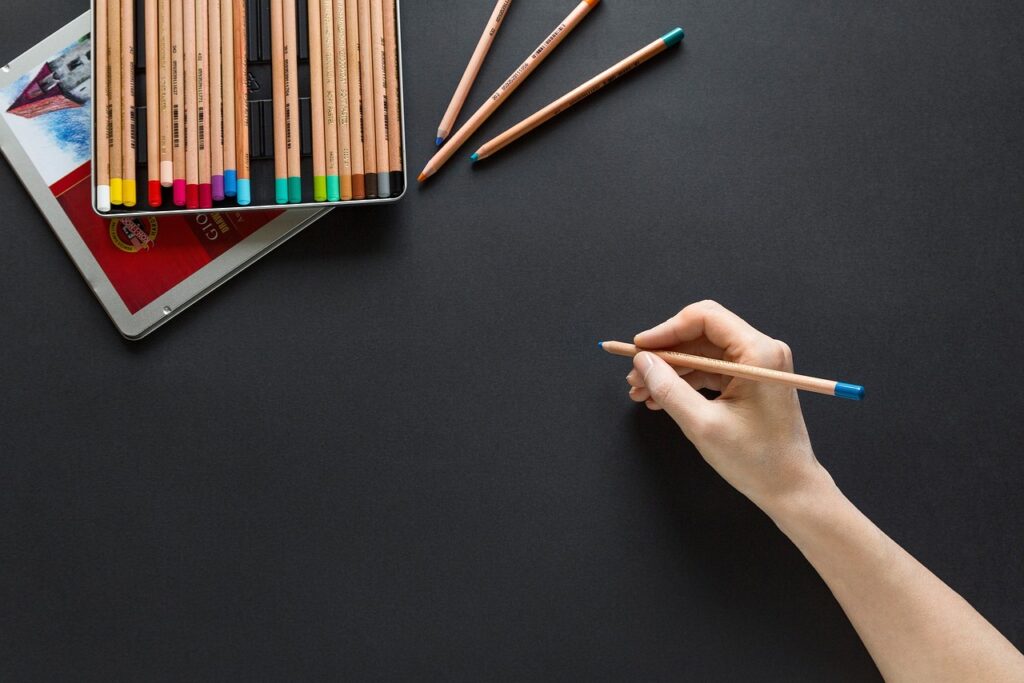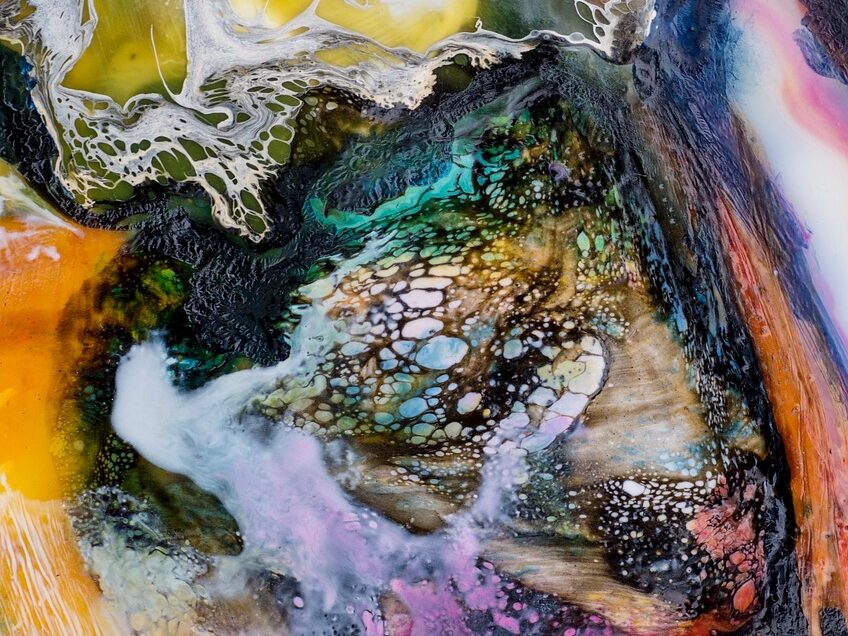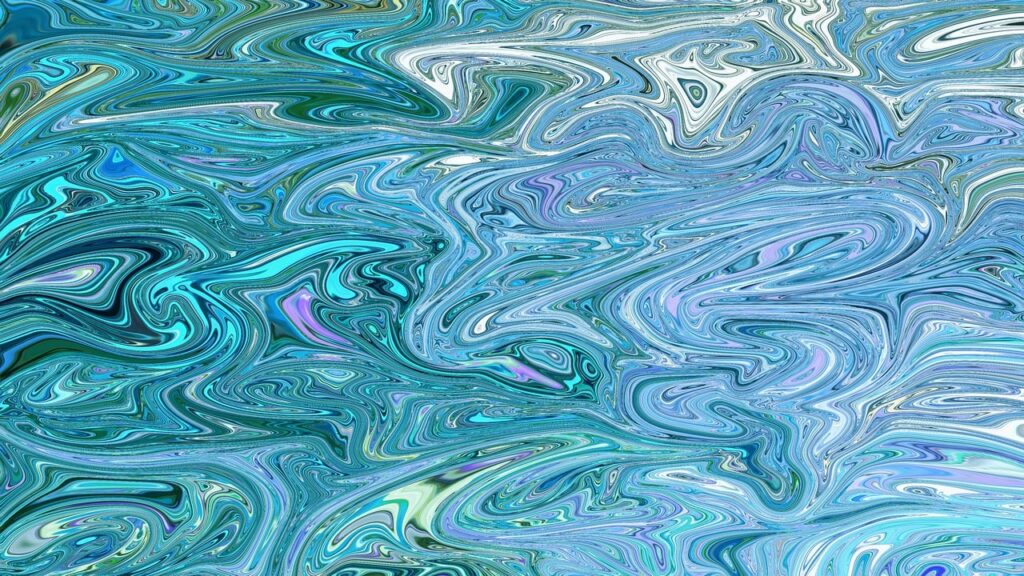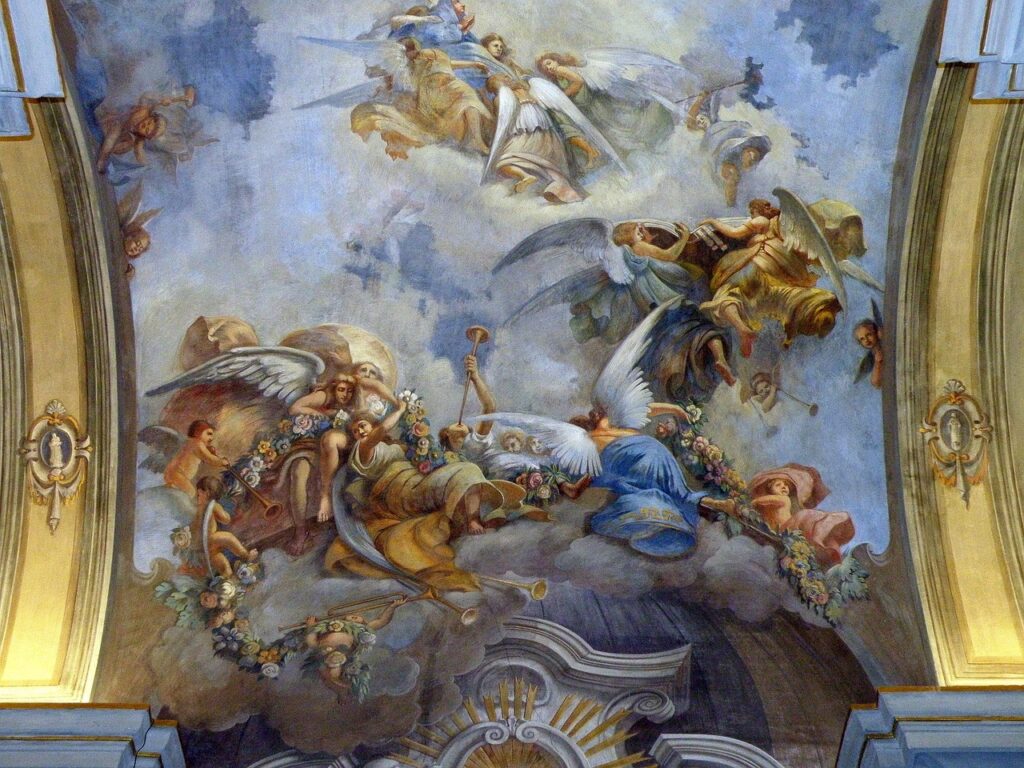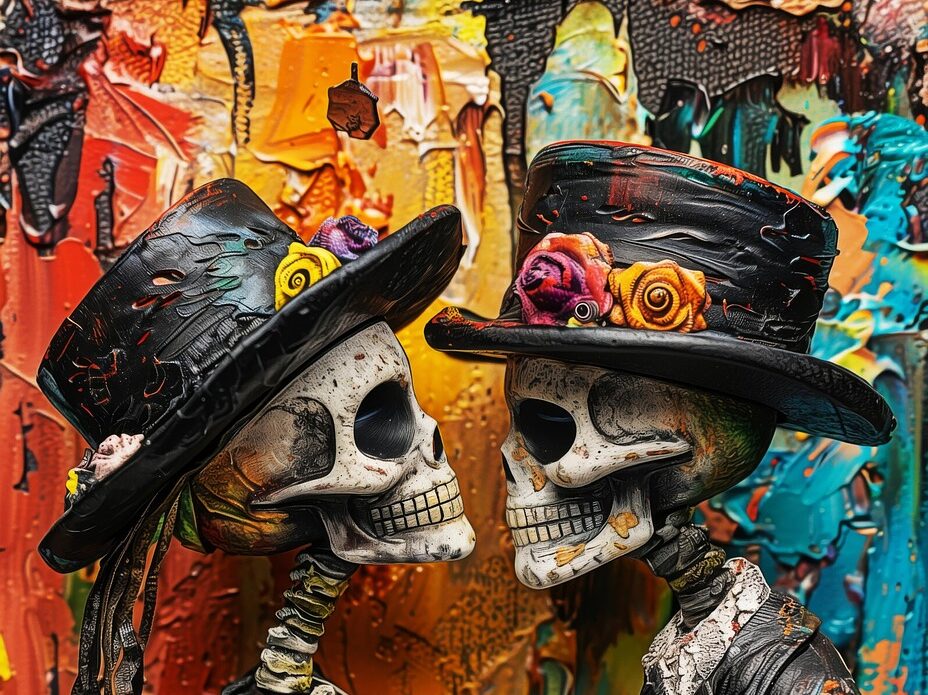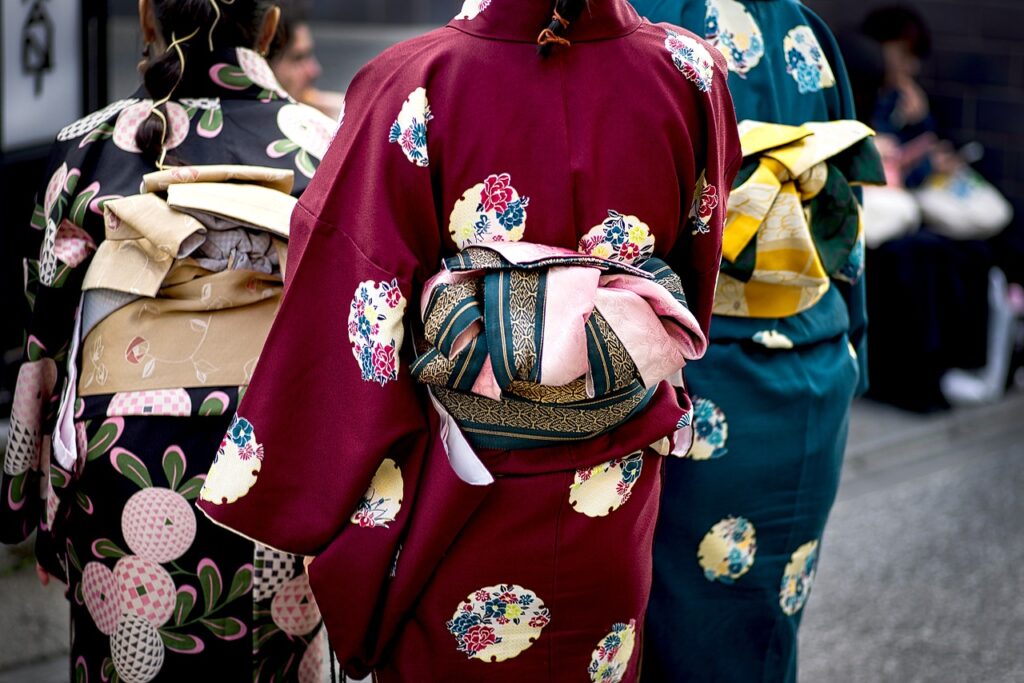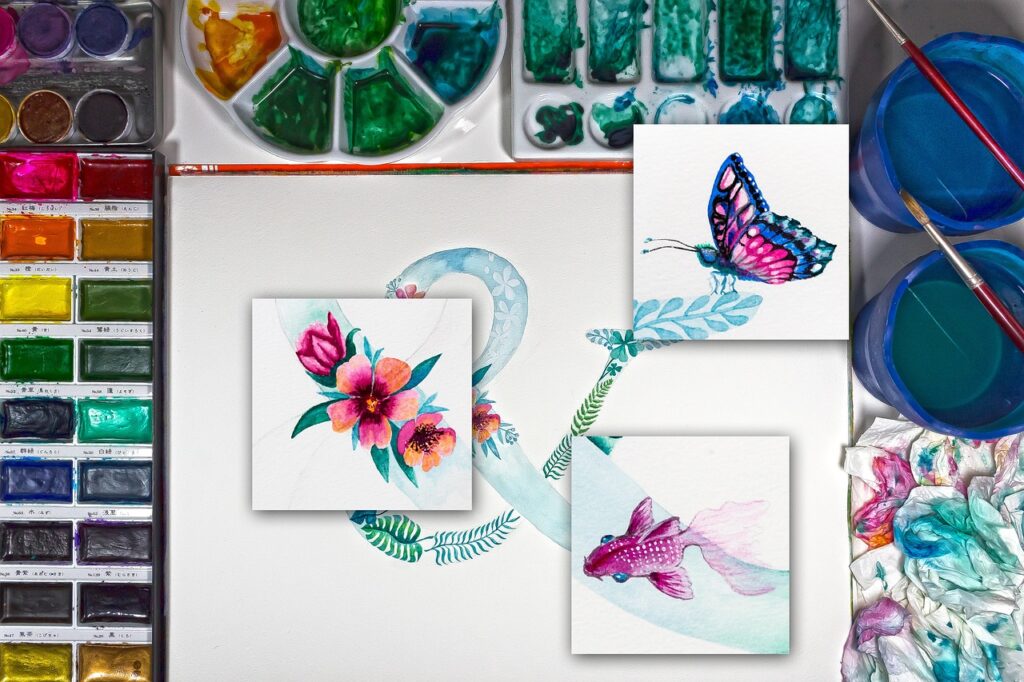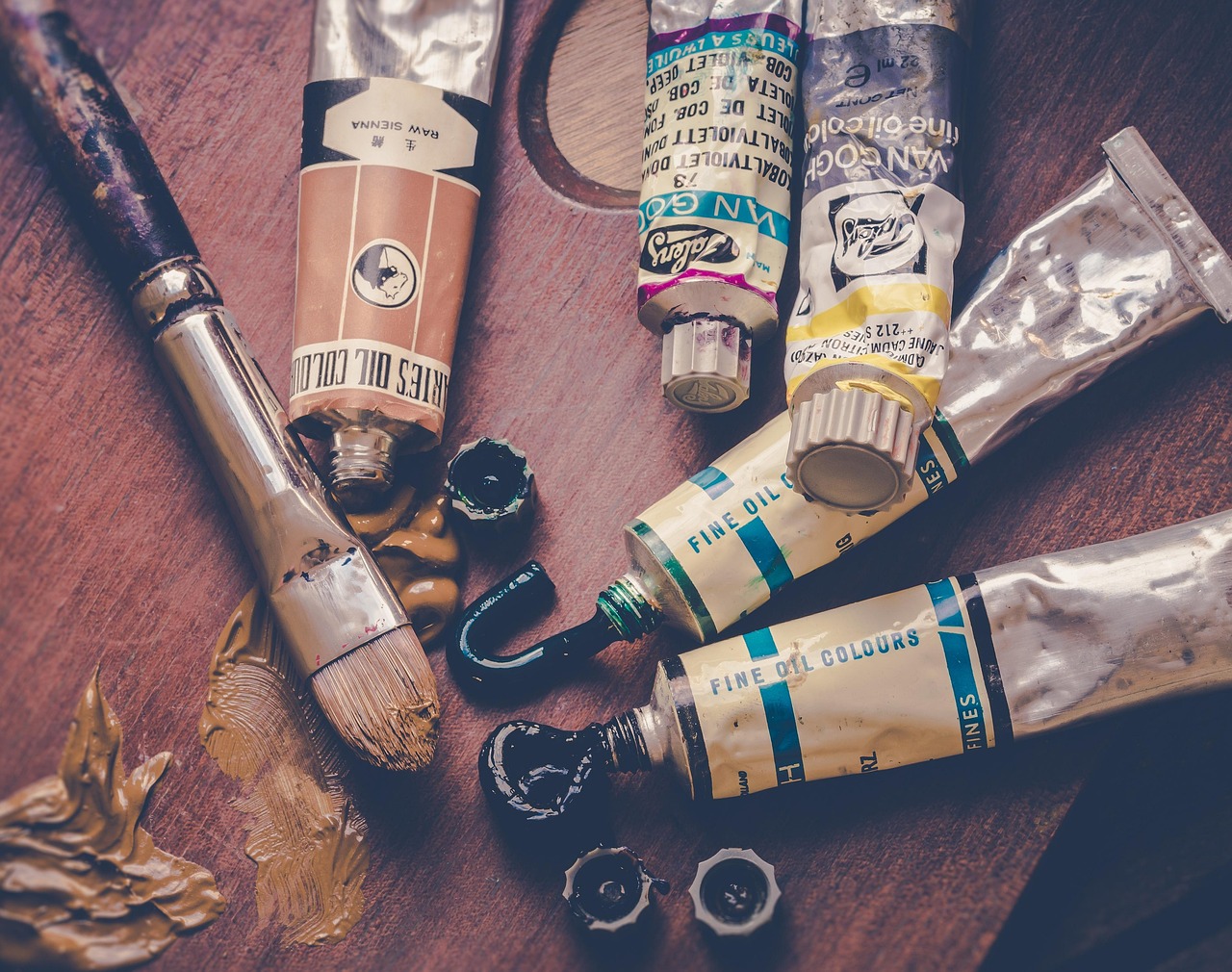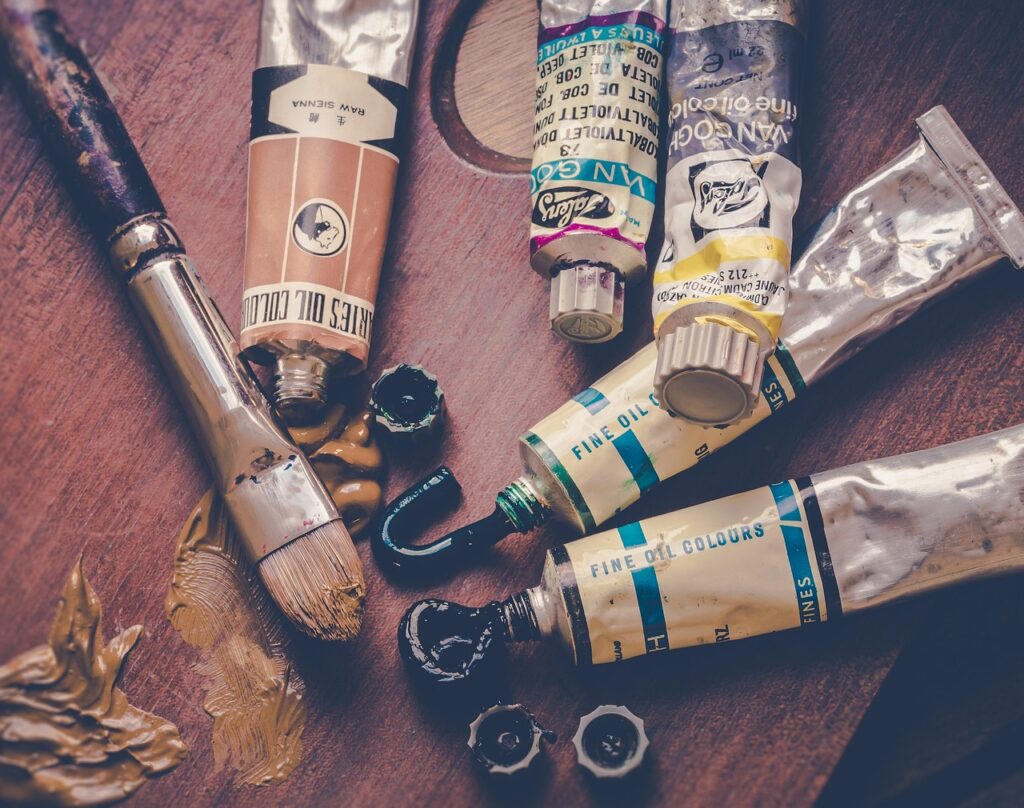
When it comes to expressing creativity, few mediums offer as much variety as painting. From ancient methods to contemporary trends, the world of painting techniques is vast and inspiring.
Whether you’re a beginner looking to experiment or an experienced artist refining your craft, understanding different painting techniques can transform your artistic journey. In this article, we’ll explore a range of methods, including pencil drawings, encaustic art, marbling paint, fresco painting, and impasto painting, to help you discover the style that speaks to you.
The Foundation: Pencil Drawings as a Starting Point
Before diving into complex painting techniques, many artists begin their journey with pencil drawings. Pencil work is fundamental for sketching compositions, planning paintings, and mastering the basics of light, shadow, and proportion. Pencil drawings allow artists to experiment with shading, line weight, and texture — essential skills that carry over to painting.
Using pencils also helps develop an understanding of how different materials interact. Techniques learned through pencil drawings, such as hatching, cross-hatching, and blending, easily translate to brushwork in painting.
For many, the pencil becomes not just a starting point but an enduring tool for adding fine details and outlines even in completed paintings.
Encaustic Art: Painting with Wax
One of the oldest and most captivating painting techniques is encaustic art, also known as hot wax painting. This method involves heating beeswax and mixing it with colored pigments. The molten wax is then applied to surfaces such as wood or canvas.
What makes encaustic art unique is its luminous quality and incredible texture.
Artists love encaustic art for its versatility. The wax can be layered, carved, or even embedded with materials like fabric or paper, creating depth and dimension. As the wax cools, it hardens, preserving the artwork for generations.
Today, encaustic art continues to evolve, blending traditional methods with modern creativity to produce stunning, tactile masterpieces.
(Encaustic Art: The Complete Guide to Creating Fine Art with Wax)
Marbling Paint: Fluid Magic on Water
If you’re drawn to unpredictable and fluid designs, marbling paint is a mesmerizing technique worth exploring. Also known as marbling art, this process involves floating paint on the surface of water and then carefully transferring the design onto paper or fabric.
The result is a one-of-a-kind, swirling pattern that looks almost magical.
Marbling paint has roots in Turkish marbling, or Ebru art, where artists manipulate the floating pigments into intricate, marble-like designs before printing them.
This technique is perfect for creating decorative papers, book covers, and unique backgrounds for other artworks. Because no two marbled designs are the same, this method celebrates spontaneity and creative freedom.
Fresco Painting: A Classic Mural Technique
For those fascinated by historical painting techniques, fresco painting offers a direct connection to the past. Used by Renaissance masters like Michelangelo, fresco involves applying pigment onto freshly laid wet plaster.
As the wall dries, the paint becomes an integral part of the surface, resulting in vibrant, long-lasting murals.
Fresco painting requires precision and speed, as artists must work while the plaster is still damp. However, the rewards are immense — frescoes are known for their durability and brilliant color retention. This technique is ideal for large-scale artworks, especially those intended to endure for centuries in architectural spaces.
(A Manual of Fresco and Encaustic Painting: Containing Ample Instructions)
Impasto Painting: Building Texture with Bold Strokes
For artists who love texture and expressive brushwork, impasto painting is a dynamic and energetic technique. Impasto involves applying thick layers of paint, often with a palette knife or heavy brush, so that the brushstrokes themselves become a visible part of the artwork.
With impasto painting, artists can create dramatic shadows and highlights by sculpting the paint on the canvas.
Impasto painting brings a three-dimensional quality to the work, making it feel alive and full of movement. Impasto is especially effective for conveying emotion, energy, and intensity in both abstract and representational pieces.
(Textured Art: Palette knife and impasto painting techniques in acrylic)
The world of painting techniques is as diverse as the artists who practice them. Whether you’re sketching your first pencil drawings, experimenting with the luminous layers of encaustic art, swirling pigments in marbling paint, bringing history to life with fresco painting, or adding bold textures through impasto painting, each method offers its own unique rewards.
Exploring these techniques not only expands your artistic skill set but also deepens your appreciation for the rich history and endless possibilities of visual art.
So pick up your tools, embrace the creative process, and let your next masterpiece begin!

